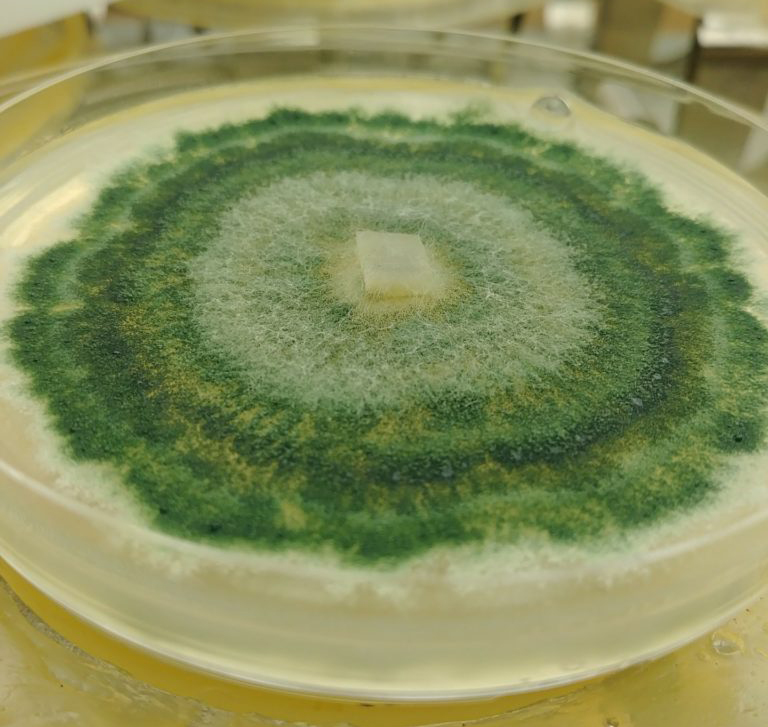Next strategy in crop production: Enlist microbes to ward off diseases

Plants can’t self-isolate during a disease outbreak, but they can get help from a friend — beneficial soil microbes help plants ward off a wide range of diseases. Now, Texas A&M AgriLife scientists have uncovered a major part of the process in which beneficial fungi help corn plants defend against pathogens.
The results appeared in The Plant Cell in January. Leading the study was Michael Kolomiets, professor of plant pathology and microbiology at Texas A&M University’s College of Agriculture and Life Sciences. Funding was provided by the USDA National Institute for Food and Agriculture.
Overall, the results shed light on a mysterious aspect of plant immunity and enable future research toward more productive cereal crops.
Careful plant selection and breeding have vastly improved crops all over the world, leading to higher yields, hardiness and disease resistance. But these days, the productivity of crops can’t be improved as much by genetic selection alone, Kolomiets said.
“What currently is believed to be the very important next strategy — we call it the ‘brown revolution,’” he said. “We can get help from beneficial microorganisms residing in the soil.”
Soil microbes affect plants in an astounding way. For example, when a plant is fighting off a disease, its growth rate slows. But when a plant harbors helpful microbes on its roots, it can fight off pests while maintaining normal growth.
These soil microbes lend the entire plant a special kind of disease protection. When soil microbes are present, plants undergo what is called “induced systemic resistance,” an immunity boost that protects the plant from a broad range of pathogens.
“When we are designing a crop with resistance to a pathogen, we usually need to identify a resistance gene for each specific strain or group of pathogens,” Kolomiets said. “Induced systemic resistance is a much better strategy because it’s effective against multiple pathogens.”
For all these reasons, understanding the synergy between microbes and plants has lots of potential for improving crop health and yields.

